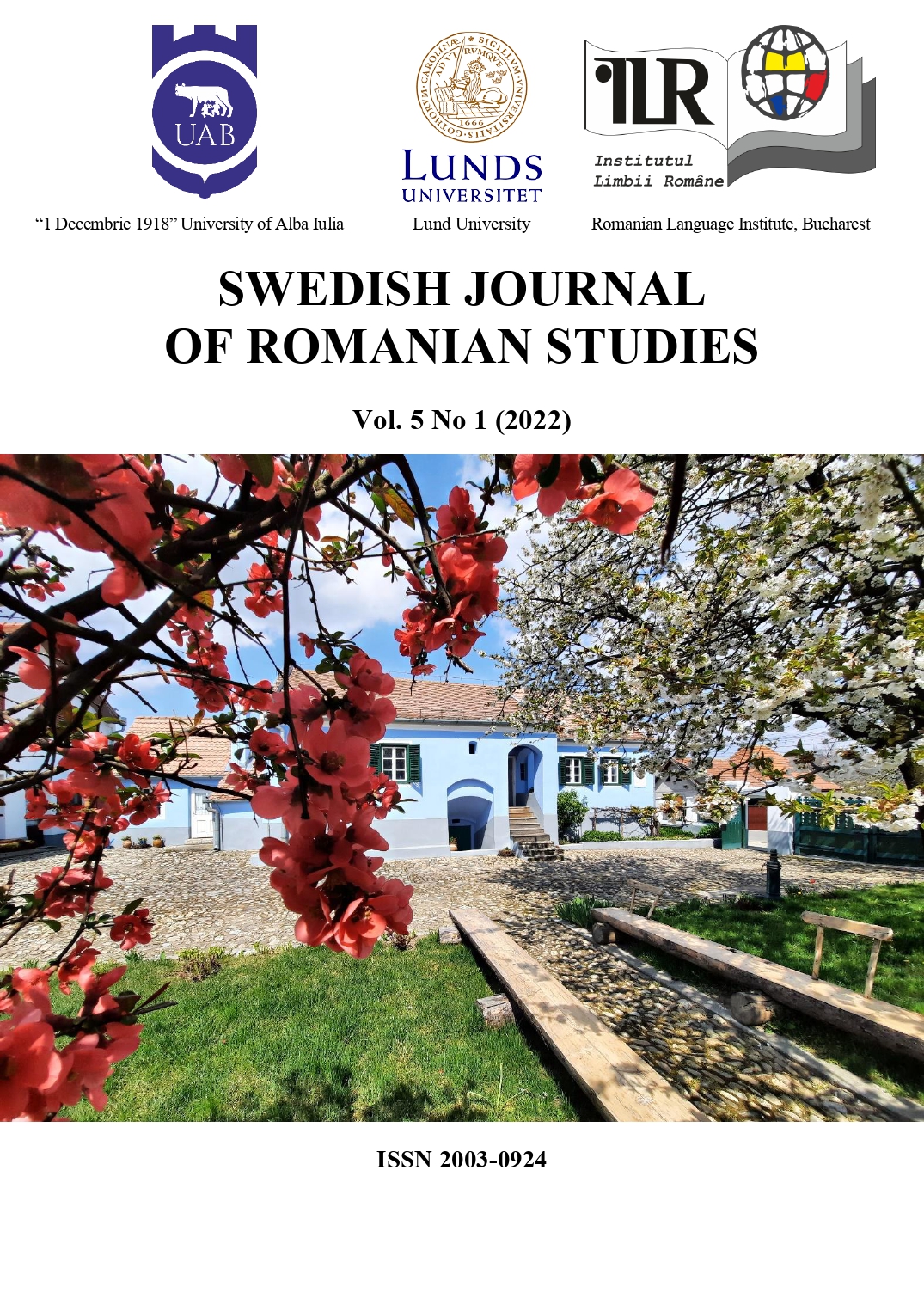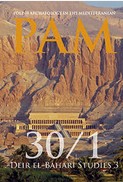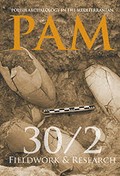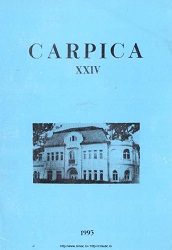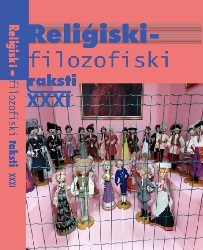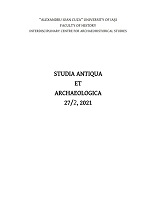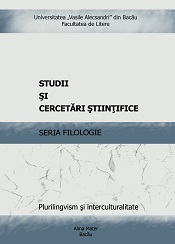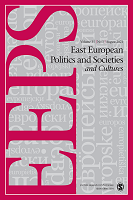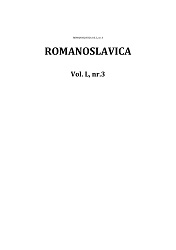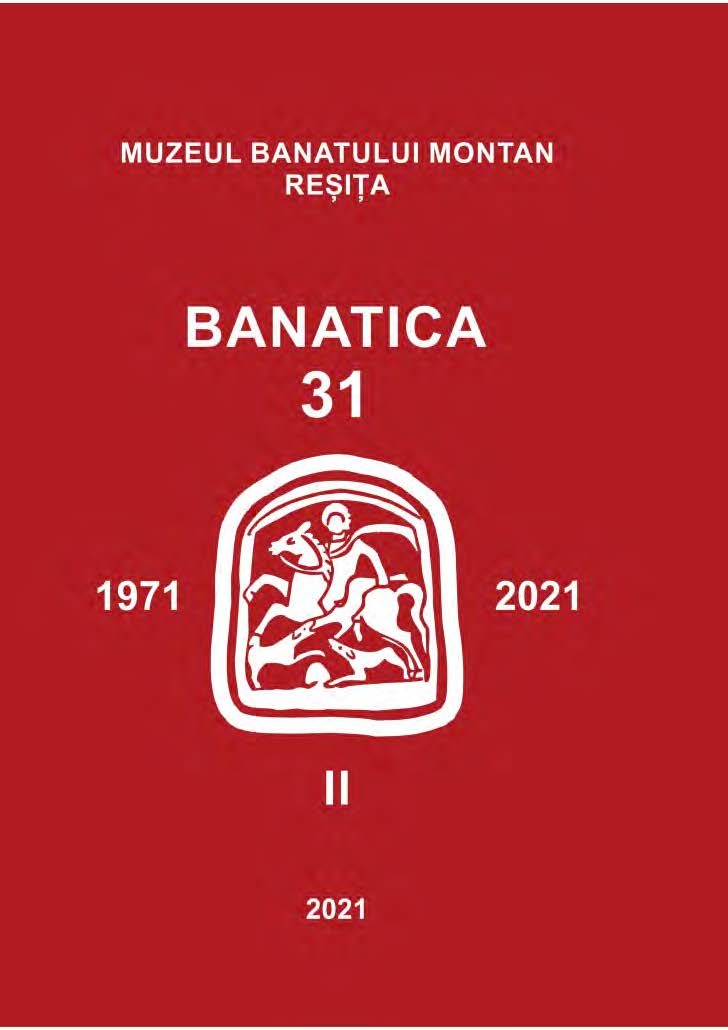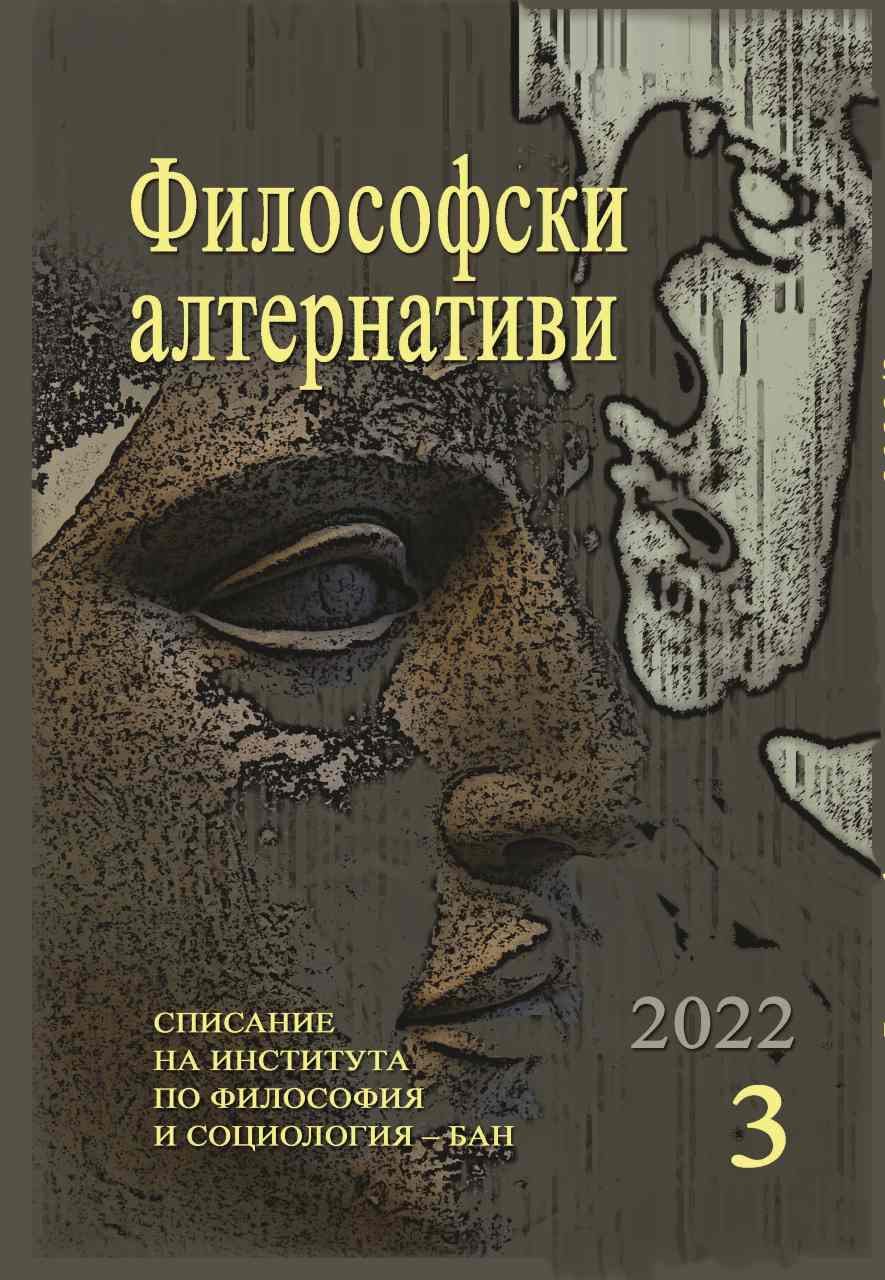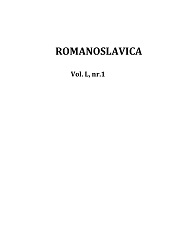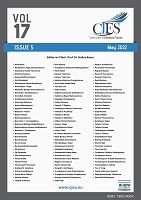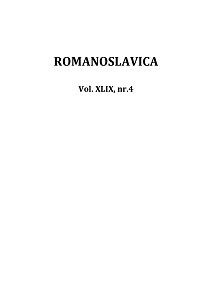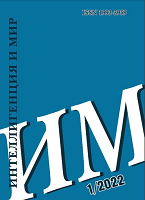
Художник Федор Каурцев: долгое возвращение в Палех
Based on few published, mostly archive and newly discovered sources, the article reveals basic biographic facts concerning Fyodor A. Kautsev (1896—1963) — one of the leading persons of the second generation Palekh artists of the Soviet time — in socio-cultural context. Transformations of his social and creative identity are traced from his schooling in N. M. Sofonov’s icon-painting workshop to the beginning of his work in Palekh Artel of ancient painting in the end of the 20-ies-beginning of the 30- ies. The artist belonged to Palekh art dynasty known from the beginning of the XIX c., in 1916—1921 went through the fronts of the first world and civil wars in Russia returning to art work only in 1928. His creative identity, saved despite years being far from art, helped him in the beginning of the 1930-ies to occupy leading position among the second generation of the Artel’s masters and to get included into its art search, trying lacquer miniature, painting on china and book illustration. Scenes of traditional and new village life, illustrations of classic Russian literature of the XIX c., images of cattle and wild animals, ornamental compositions became leading themes of his paintings. Keeping in mind common features of his biography with other Palekh icon painters who survived severe sociopolitical and economic changes in Russia, the author concerns, that further research of his creative work can help to more fully represent the role of folk art intelligentsia in keeping continuity of cultural traditions and shaping of Palekh art as the emblematic phenomenon of the new Soviet culture.
More...
